by John Butcher
It’s a strange state we live in. The meetings of our legislators are open to the public; their work product goes in the newspaper and on the Internet. The public is free to evaluate their positions, express opinions, and hold them accountable by voting them in or out of office.
Virginia’s judges perform in open court. Their work product is public and subject to legal review by the appellate courts. Judicial Performance Evaluations based on feedback from attorneys and jurors go to the General Assembly, which has the power to fire judges, and to the public, which can fire members of the General Assembly.
By contrast, the data showing how effectively public school teachers are educating our children are treated as a state secret.
The Virginia “Education” Association says that performance data might let the public make “prejudicial judgments about teacher performance.” They want teacher evaluation to be left to the school systems, which are free to ignore ineffective teaching — and do. So, Virginia parents are deprived of information to evaluate their children’s teachers or even to gauge how school divisions are managing — or mismanaging — inadequate teachers whom parents are taxed to pay.
Brian Davison of Loudoun sued the Department of Education and punched a small hole in this conspiracy against Virginia’s schoolchildren. (See Davison v. Virginia Education Dep’t, No. CL14 -4321; circuit court, city of Richmond, final order, 12 April 2016). Now the Virginia “Education” Association has threatened to sue VDOE, Brian, and me, seeking court orders to prevent, among other things, our disseminating and commenting upon Student Growth Percentiles (SGPSs) and, perhaps, other data regarding teacher effectiveness.
At the outset, this demonstrates that the Virginia “Education” Association is too stupid to count to “one.” The First Amendment bars this attempted prior restraint of our truthful speech.
As well, the information already available provides a window into what the Virginia “Education” Association is trying to hide.
We know that the Standards of Learning are an imperfect measure of teacher performance. The scores go down as there is a strong correlation between SOL scores and the socioeconomic disadvantage of students increase. In contrast, the Student Growth Percentile (“SGP”) provides an indicator of effective instruction, regardless of a student’s scaled score. Indeed, the SGP, which measures improvement, not absolute scores, appears to be insensitive to economic disadvantage.
VDOE calculated SGPs in reading and math for three or four years, ending in 2014. Here are the 2014 statewide distributions of average SGPs by teacher.
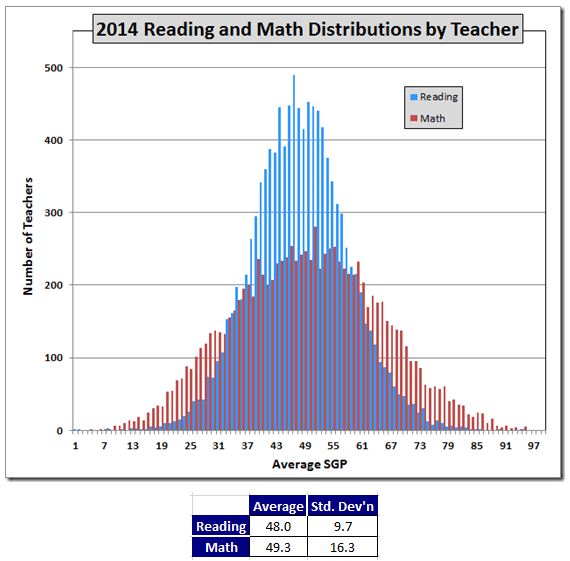
Here we see, as expected, a few very good teachers, a few ineffective ones, and a whole bunch who get average or nearly average performance from their students.
The 2014 data allows us to take a close-up look at individual teachers, albeit with personal identification data stripped away.
Continue reading →

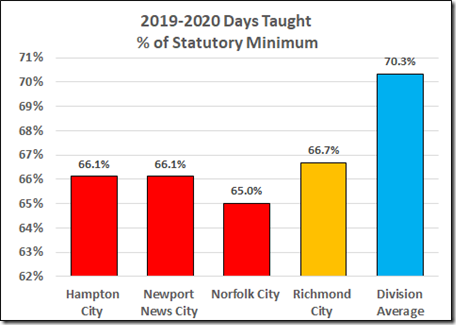


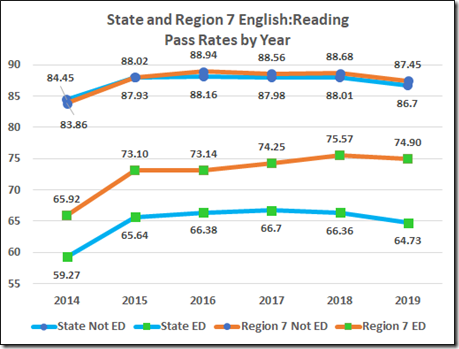
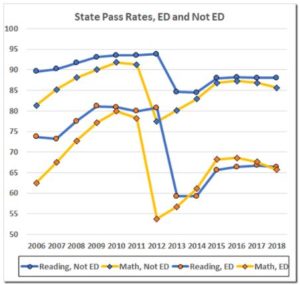
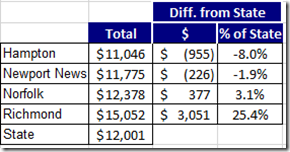
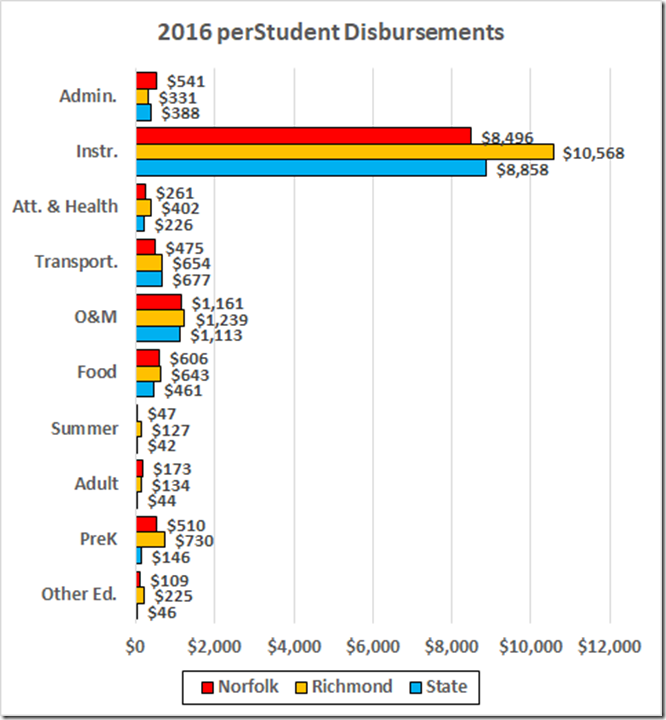
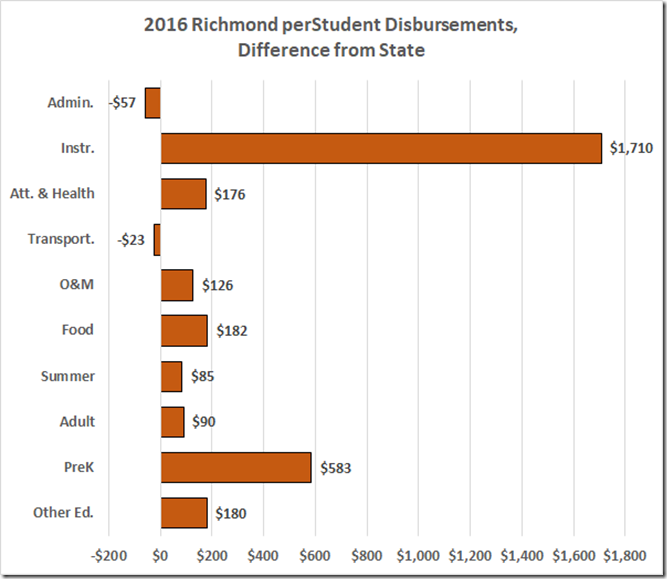
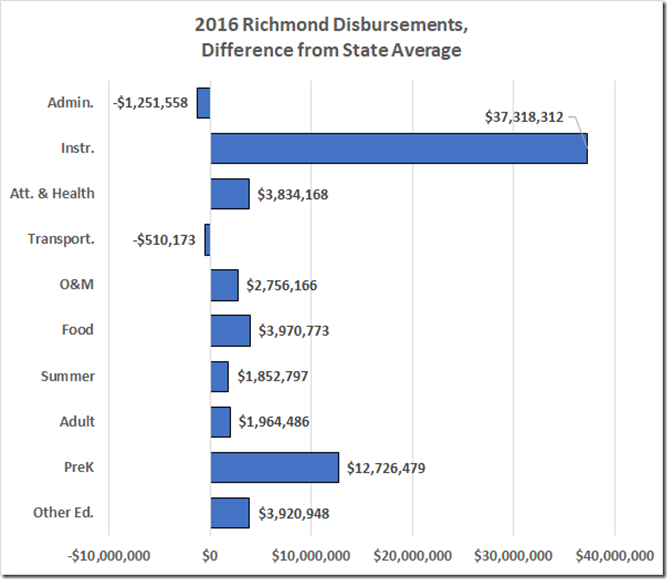
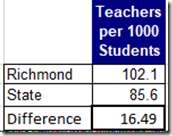


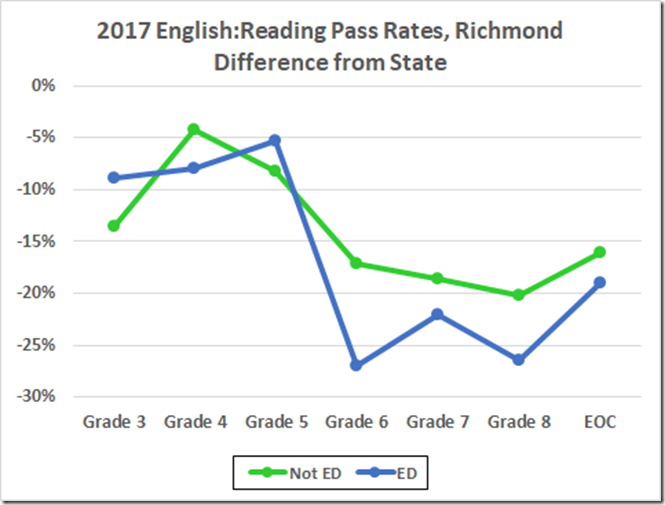
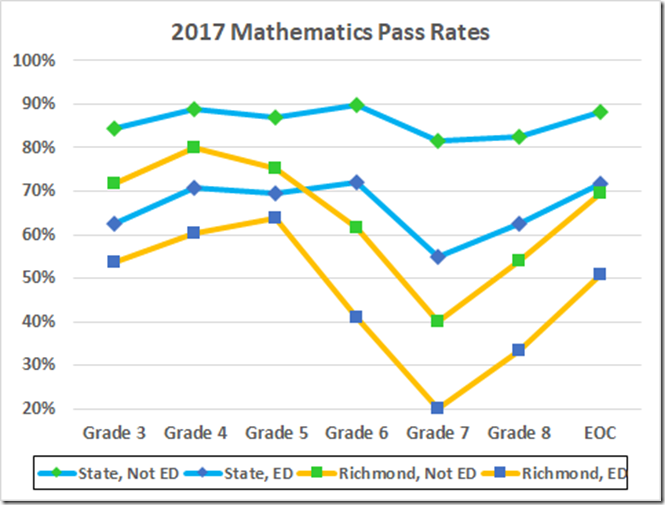
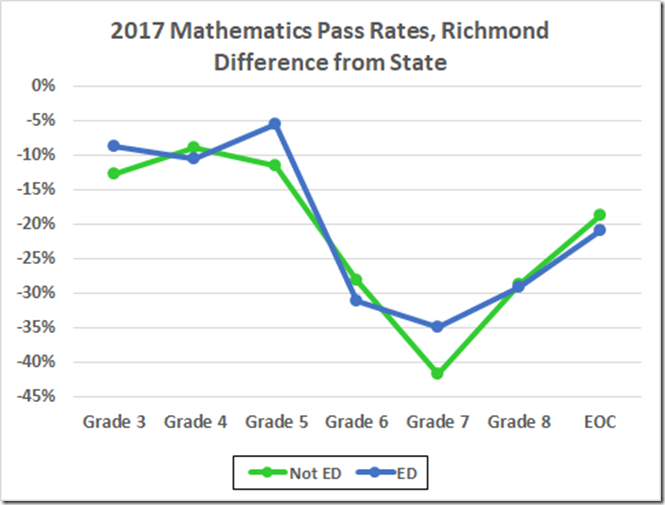

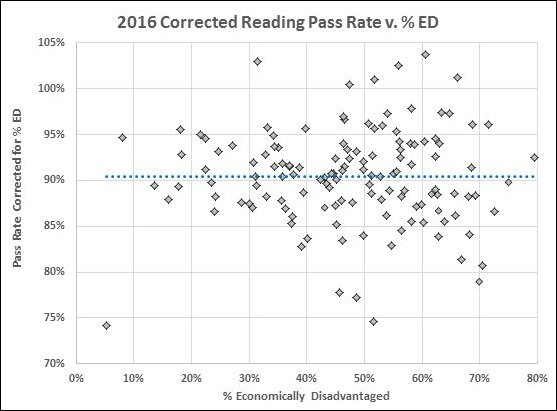
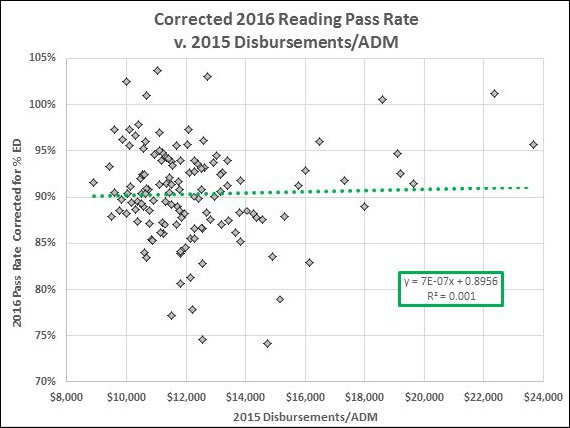
 by John Butcher
by John Butcher


